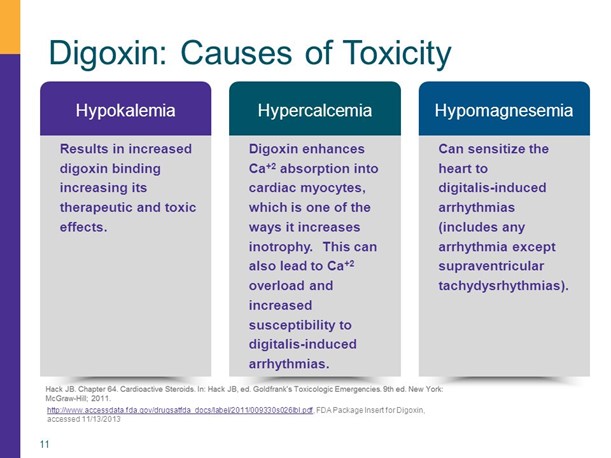A nurse is teaching a client who has angina about a new prescription for sublingual nitroglycerin tablets. Which of the following instructions should the nurse include in the teaching?
"Keep the tablets at room temperature in their original glass bottle."
"Discard any tablets you do not use every 6 months."
"Take one tablet each morning 30 minutes prior to eating."
"Place the tablet between your cheek and gum to dissolve
The Correct Answer is D
A. "Keep the tablets at room temperature in their original glass bottle." This is a correct storage instruction. Nitroglycerin tablets are sensitive to heat and light, so they should be stored in their original container, protected from light, and kept at room temperature.
B. "Discard any tablets you do not use every 6 months." This is not an accurate instruction. Nitroglycerin tablets usually have an expiration date printed on the label, and they should be discarded after that date.
C. "Take one tablet each morning 30 minutes prior to eating." This is not an accurate instruction. Sublingual nitroglycerin is taken as needed to relieve angina symptoms, not on a regular schedule like a daily medication.
D. "Place the tablet between your cheek and gum to dissolve."
Sublingual nitroglycerin tablets are used to relieve angina symptoms by causing vasodilation, which increases blood flow to the heart muscle. To take sublingual nitroglycerin tablets effectively, the client should be instructed to place the tablet between the cheek and gum to dissolve. This allows the medication to be absorbed through the mucous membranes in the mouth and enter the bloodstream quickly, providing rapid relief from angina symptoms.
Nursing Test Bank
Naxlex Comprehensive Predictor Exams
Related Questions
Correct Answer is D
Explanation
A. Taking an HMG CoA reductase inhibitor (commonly known as statins) is not directly associated with digoxin toxicity. Statins are used to lower cholesterol levels.
B. Having a 10-year history of COPD (chronic obstructive pulmonary disease) is not directly linked to an increased risk of digoxin toxicity.
C. Having a prolapsed mitral valve is a valvular disorder and is not a primary factor that contributes to digoxin toxicity.
D. Taking a high-ceiling diuretic
The factor that predisposes the client to develop digoxin toxicity is taking a high-ceiling diuretic.
Digoxin toxicity can be influenced by several factors. One important factor is the levels of potassium in the blood. High-ceiling diuretics, also known as loop diuretics (e.g., furosemide), can lead to potassium loss through increased urinary excretion. Low levels of potassium (hypokalemia) can increase the risk of digoxin toxicity, as digoxin has a greater effect on the heart when potassium levels are low.

Correct Answer is A
Explanation
A. The client has a history of a severe penicillin allergy:
Correct Answer: This is the priority information for the nurse to report to the provider.
Explanation: Cefuroxime is a cephalosporin antibiotic. Individuals with a history of severe penicillin allergy may also have an increased risk of cross-reactivity with cephalosporin antibiotics. This potential cross-reactivity needs to be evaluated by the provider to determine the safety of prescribing cefuroxime for the client.
B. The client takes an aspirin daily:
Incorrect Explanation: While the daily use of aspirin should be considered when prescribing medications, it is not the priority in this scenario.
Explanation: Aspirin use might affect bleeding risk, but it is not directly related to the potential interaction with cefuroxime. The client's severe penicillin allergy takes precedence in terms of immediate concern.
C. The client reports a history of nausea with cefuroxime:
Incorrect Explanation: A history of nausea with cefuroxime is relevant but is not as critical as the severe penicillin allergy.
Explanation: While the nurse should consider the client's history of nausea with cefuroxime, it is not as urgent as addressing the potential cross-reactivity with penicillin.
D. The client has a BUN level of 18 mg/dL:
Incorrect Explanation: The BUN level is not the priority in this context.
Explanation: A BUN level of 18 mg/dL is within the normal range and is not immediately relevant to the decision about prescribing cefuroxime.
Whether you are a student looking to ace your exams or a practicing nurse seeking to enhance your expertise , our nursing education contents will empower you with the confidence and competence to make a difference in the lives of patients and become a respected leader in the healthcare field.
Visit Naxlex, invest in your future and unlock endless possibilities with our unparalleled nursing education contents today
Report Wrong Answer on the Current Question
Do you disagree with the answer? If yes, what is your expected answer? Explain.
Kindly be descriptive with the issue you are facing.
